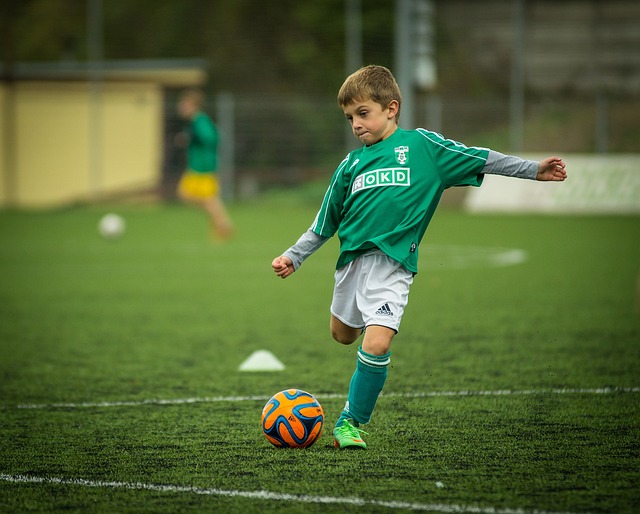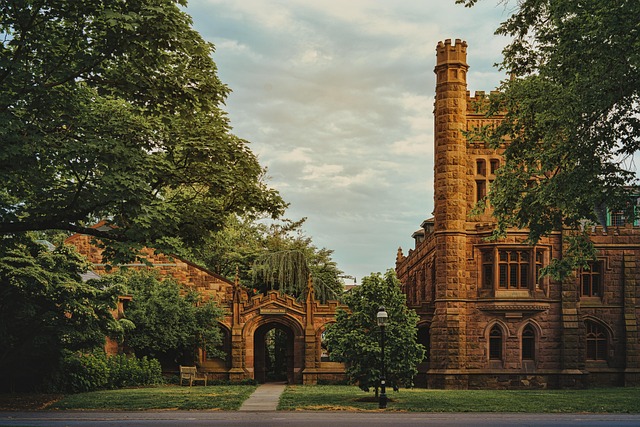Remember the first time you guided a pixelated hero across a gap, timing that jump just right? That feeling is core to platform games, and the heart of it all is *the* character you control. They aren’t just sprites on a screen; they’re our avatars in a world of perilous ledges, tricky obstacles, and satisfying leaps. From the simple, instantly recognizable figures of early arcade hits to the complex, story-driven protagonists of modern adventures, the player character in platformers has been on quite the journey.
In the foundational era of gaming, player characters in platformers were defined by their movement. Could they jump? How high? Could they climb? Were they nimble or weighty? These were the essential questions. Their design was often dictated by technical limitations, yet characters like Mario, Sonic, and Mega Man became global icons purely through their distinct abilities and the joy of maneuvering them through challenging levels. We identified with their struggle, their perseverance against overwhelming odds, all through the simple act of pushing buttons to make them move.
As technology advanced, so did the player character. They gained more detailed appearances, smoother animations, and expanded movesets. Developers started imbuing them with personality, through cutscenes, voice acting, and more intricate backstories. Suddenly, our connection went beyond just controlling their jumps; we cared about their journey, their friends, their enemies. This evolution deepened the immersive experience that platform games offered, making the player character feel less like a tool and more like a companion.
While traditional platformers might not dominate the world of competitive eSports in the same way as fighting games or MOBAs, the skills honed in mastering a platformer’s player character – precise movement, perfect timing, level knowledge – are highly valued within the broader gaming community. Speedrunning communities, for example, turn mastering a character’s movement into a high-stakes competitive sport, showcasing incredible levels of skill and control over their chosen avatar. This highlights how deeply players connect with and seek to optimize the potential of the character they embody.
Today, platformer player characters continue to innovate. Some offer vast customization, allowing players to create truly unique heroes. Others push the boundaries of movement mechanics, introducing grappling hooks, time manipulation, or entirely new forms of traversal. Regardless of the specific mechanics or aesthetic, the fundamental bond remains: the player character is the lens through which we experience the platforming challenge. They are our hands and feet in a world built for verticality and precision, and their evolution mirrors the growth and diversification of the gaming landscape itself.



